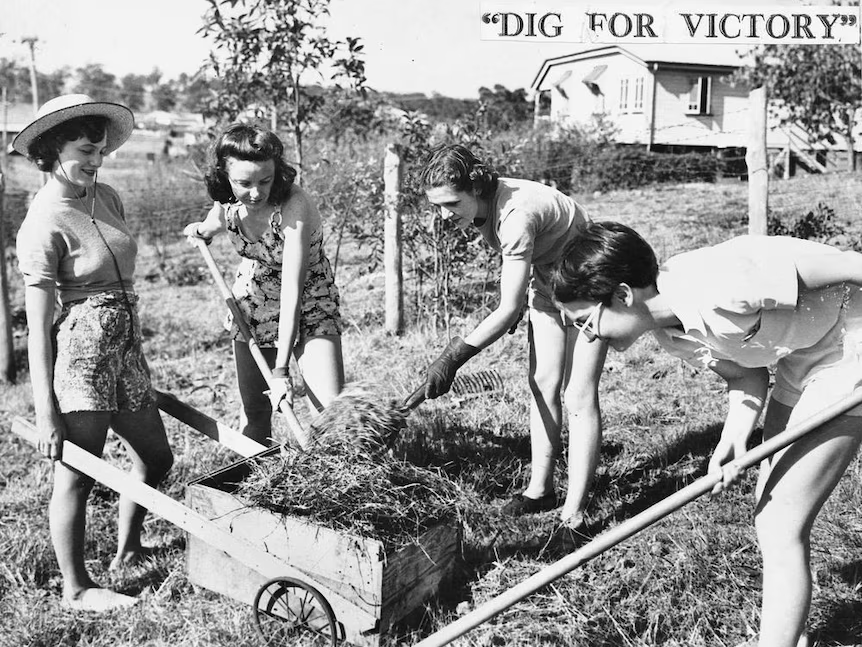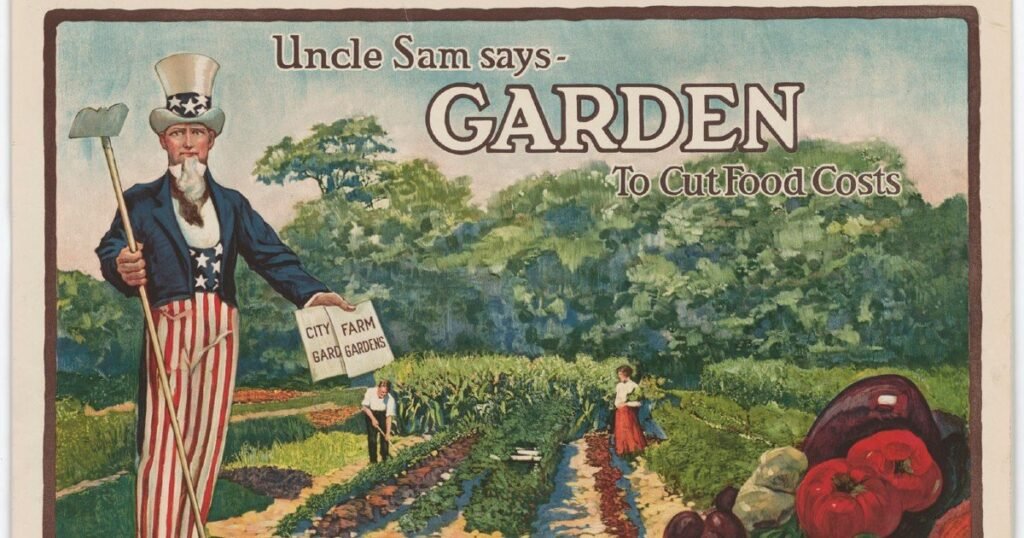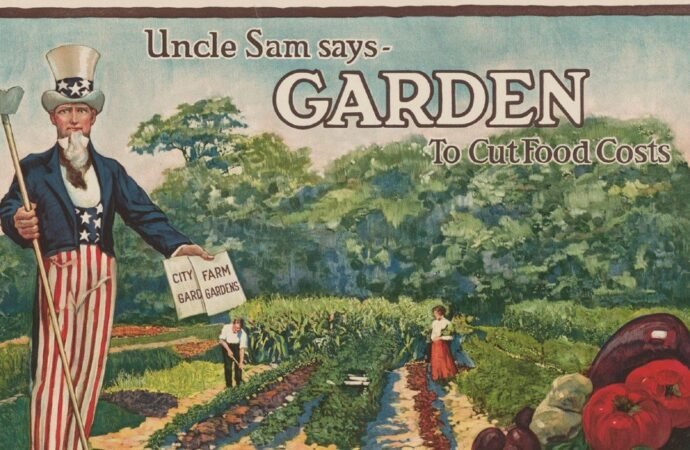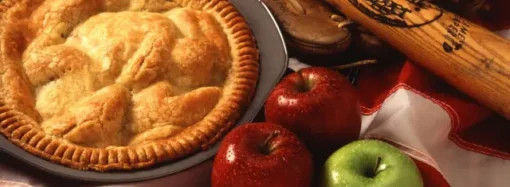When Helen Parker was a young girl in the early 1940s, her small town in Illinois buzzed with an unusual energy. World War II was underway, and her father had gone overseas to fight. At home, her mother and neighbors worked the soil behind their modest clapboard house, planting rows of carrots, beans, and tomatoes.
When Helen Parker was a young girl in the early 1940s, her small town in Illinois buzzed with an unusual energy. World War II was underway, and her father had gone overseas to fight. At home, her mother and neighbors worked the soil behind their modest clapboard house, planting rows of carrots, beans, and tomatoes. “We called it our Victory Garden,” Helen, now 92, recalls with a wistful smile. “It wasn’t just food. It was pride. It was our way of helping the country.”
For Helen and millions of other Americans, Victory Gardens weren’t optional they were essential. During both World War I and World War II, the U.S. government encouraged families to grow their own produce to ease pressure on the national food supply. With rationing in effect, every tomato, ear of corn, or jar of preserved beans grown at home meant more resources could be sent to soldiers abroad. But beyond the practical benefit, these gardens gave Americans a sense of purpose and unity in uncertain times.

A Movement That Grew From the Ground Up
The Victory Garden movement first gained momentum during World War I, when food shortages gripped the nation. By World War II, it had become a patriotic duty. Posters and radio announcements urged families to “Plant a Victory Garden: Our Food Is Fighting.” Even urban dwellers in cities like Chicago and New York converted vacant lots into community plots. By 1943, nearly 20 million Victory Gardens were producing more than 40 percent of the nation’s vegetables.
40 percent of the nation’s vegetables.
For children like Helen, these gardens weren’t just fields of food; they were classrooms of resilience. She remembers carefully watering rows of lettuce with a tin can, watching her mother can peaches late into the night, and trading extra zucchini with the neighbors. “It taught us we were all in this together,” she says. “If someone had too many beans, you swapped for potatoes. Nobody went without.”

The Revival of an Old Idea
Decades later, Victory Gardens have taken on new life in America. During the COVID-19 pandemic, when grocery store shelves emptied and uncertainty loomed, many families turned back to their soil. Seed companies reported record sales as Americans rediscovered the satisfaction of growing food at home. Today, as sustainability and self-reliance gain new importance, the concept of a Victory Garden resonates once again. Modern gardeners might not be aiding a war effort, but they are fighting their own battles against processed food, rising prices, and the disconnect between people and the land. A row of tomatoes in a backyard, a raised bed of herbs on a city balcony, or even a single pot of peppers on a porch all echo the spirit of those wartime gardens.
How to Start Your Own Victory Garden Today
Choose Your Space – A backyard, a front yard, a balcony, or even a windowsill. Victory Gardens were never about size; they were about resourcefulness.
Grow What You Eat – Tomatoes, beans, squash, cucumbers, and leafy greens remain staples, just as they were in the 1940s.
Preserve the Excess – Learn canning, freezing, or drying to make your harvest last through the seasons.
Share With Others – The spirit of Victory Gardens was always communal. Share extra produce with neighbors, friends, or local food banks.
Teach the Next Generation – Just as children once learned to tend gardens in wartime, teaching kids today fosters resilience and appreciation for food.

Why Victory Gardens Still Matter
Helen no longer plants rows of vegetables, but her daughter tends a small raised-bed garden outside her suburban home, carrying on the tradition. When asked why she thinks Victory Gardens still matter today, Helen answers softly: “Because it reminds us of who we are. Americans are at our best when we roll up our sleeves, help each other, and grow something good out of hard times.” Indeed, Victory Gardens are more than a relic of history they’re a living symbol of hope, resilience, and community. They remind us that even in moments of hardship, people can find strength in the soil beneath their feet and in the simple act of nurturing life. And perhaps, as Helen says, “Every seed you plant is a little victory of its own.”

















Leave a Comment
Your email address will not be published. Required fields are marked with *